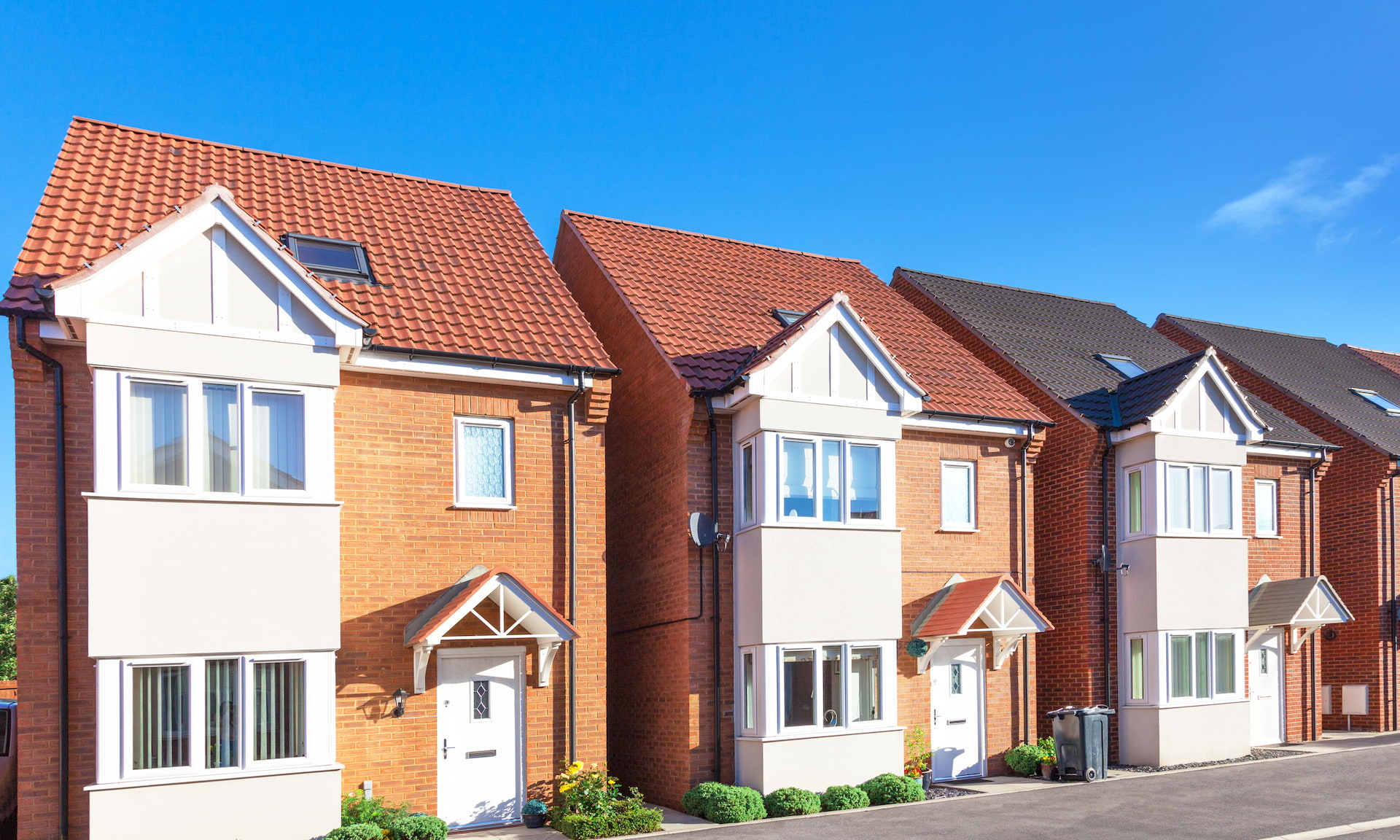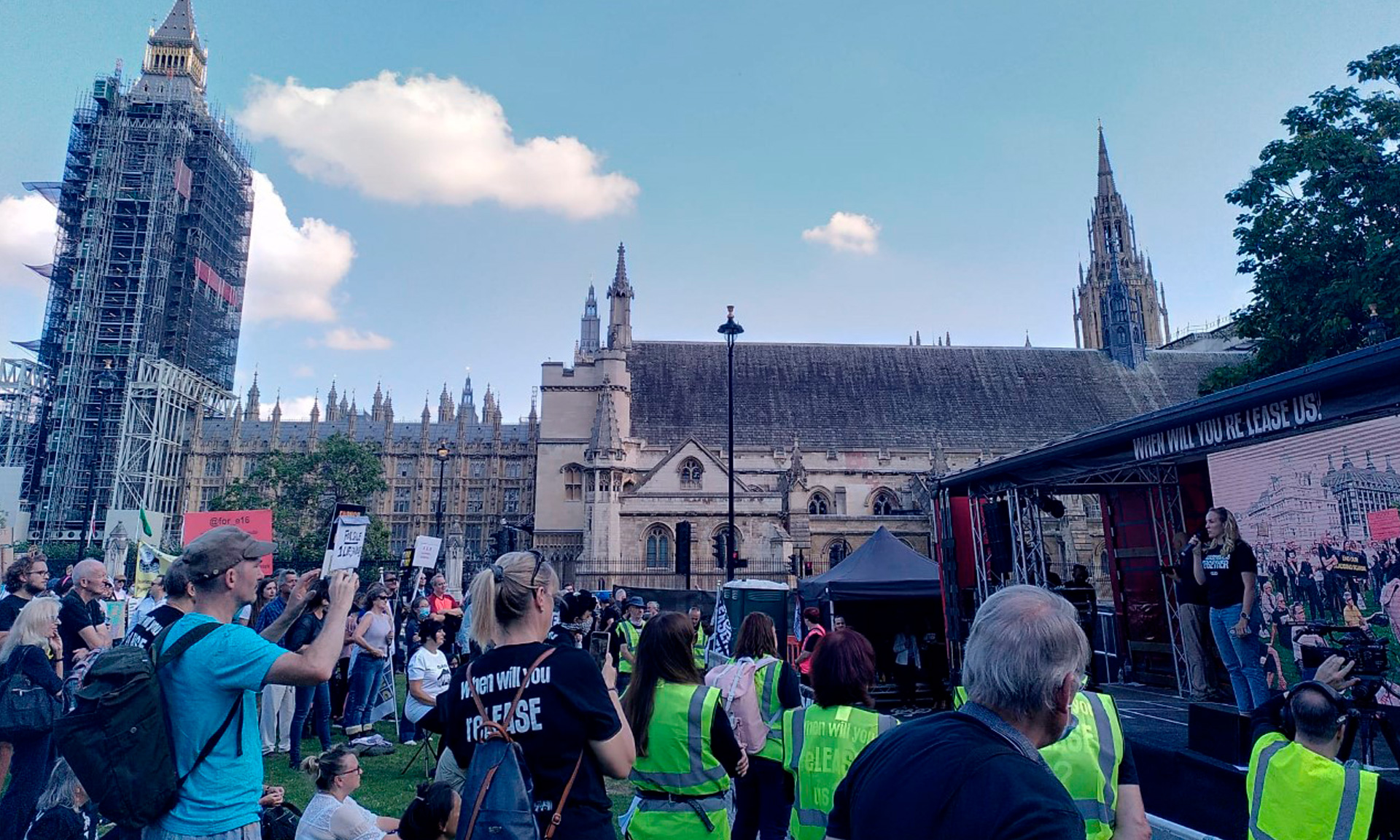
The number of city dwellers looking to escape to the country has more than doubled in the wake of the coronavirus outbreak, new data has revealed.
The number of city residents enquiring about village properties via property portal Rightmove rose by 126% in June and July compared with the same period last year.
Here, we explore why villages are growing in popularity, and consider the pros and cons of swapping city life for the countryside.
Villages soar in popularity
Rightmove’s new report shows a shift in homebuyer priorities following COVID-19, with an increasing number of people that currently live in cities looking further afield.
The property portal’s analysis found enquiries to estate agents for village properties have risen by 126% year-on-year, compared to 68% for properties in towns.
Buyers living in Liverpool, Edinburgh, Birmingham and London are most tempted by village life, as shown in the table below.
| Current city | Increase in village enquiries | Increase in town enquiries |
| Liverpool | 275% | 63% |
| Edinburgh | 205% | 86% |
| Birmingham | 186% | 43% |
| London | 144% | 79% |
| Nottingham | 137% | 68% |
| Bristol | 131% | 85% |
| Sheffield | 81% | 58% |
| Manchester | 79% | 36% |
| Glasgow | 60% | 55% |
| Leicester | 27% | 48% |
Are homebuyers abandoning cities?
More than half of movers living in Leicester, London, Manchester and Edinburgh are now looking for properties outside of their city, as shown in the chart below.
Rightmove says the most notable change in priorities has been in London, where 54% of buyers are looking to move away, compared to 45% last year.
Where are buyers moving to?
While people are being tempted away from the hustle and bustle of city life, most are still looking for homes within commuting distance.
This shows that many movers are expecting to still need to travel to the office in the future, albeit less often than usual.
Price isn’t the major factor in where people are searching. Average house prices in the most sought-after villages were higher than in neighbouring cities everywhere except Bristol and London.
| City | Most sought after village | Average village asking price |
| London | Iver, Buckinghamshire | £607,483 |
| Liverpool | Aughton, Lancashire | £377,515 |
| Birmingham | Marlbrook, Worcestershire | £367,854 |
| Edinburgh | West Linton, Peeblesshire | £365,888 |
| Manchester | Charlesworth, Derbyshire | £356,655 |
| Nottingham | East Leake, Leicestershire | £290,005 |
| Bristol | Banwell, Somerset | £287,480 |
| Leicester | Markfield, Leicestershire | £260,772 |
| Sheffield | Whiston, South Yorkshire | £231,300 |
| Glasgow | Bridge of Weir, Renfrewshire | £221,830 |
Why are buyers tempted by villages?
Reports have shown movers are increasingly searching for larger homes with more space to live and work, and following the lockdown more buyers have prioritised homes with gardens.
This is why villages are so attractive: at a basic level, rural life offers a slower pace and more community-driven atmosphere than the city.
Buyers are also attracted by smaller schools for their children, lower crime rates, and the proximity of countryside and Areas of Outstanding Natural Beauty.
Should you move away from the city?
Sounds dreamy, right? But there are some considerations you’ll need to make before making the move.
First of all, living somewhere much smaller might be a culture shock. Village life will bring fewer amenities and places to socialise, and you’ll almost certainly need a car as public transport options may be few and far between.
Then there’s the price premium. The most popular villages are those that offer easy commutes into cities – so you might need to pay a pretty penny for your property and your rail fare, especially at a time when competition is growing.
Case study: leaving London for village life in Cambridgeshire
Journalist Paul Davies and his family moved from London to the village of Haslingfield in South Cambridgeshire in 2011.
The main motives for the move were finding a good school for his children, to be closer to extended family and the promise of a quieter lifestyle.
He told Which?: ‘We were attracted by the idea of living somewhere a bit less busy and intense than London, and given we had young children we were in search of a different environment.’
Haslingfield is located just six miles from Cambridge, meaning Paul was still able to travel to work in London.
He says: ‘Having Cambridge nearby is very convenient, as we can live in a village but have the amenities of the city on our doorstep.’
Paul says the biggest trade-off of moving from London was the commute to work, which takes him 1 hour and 20 minutes each way.
He believes that as remote working becomes more common in the wake of COVID-19, village life will become even more attractive to buyers looking to leave the city.



